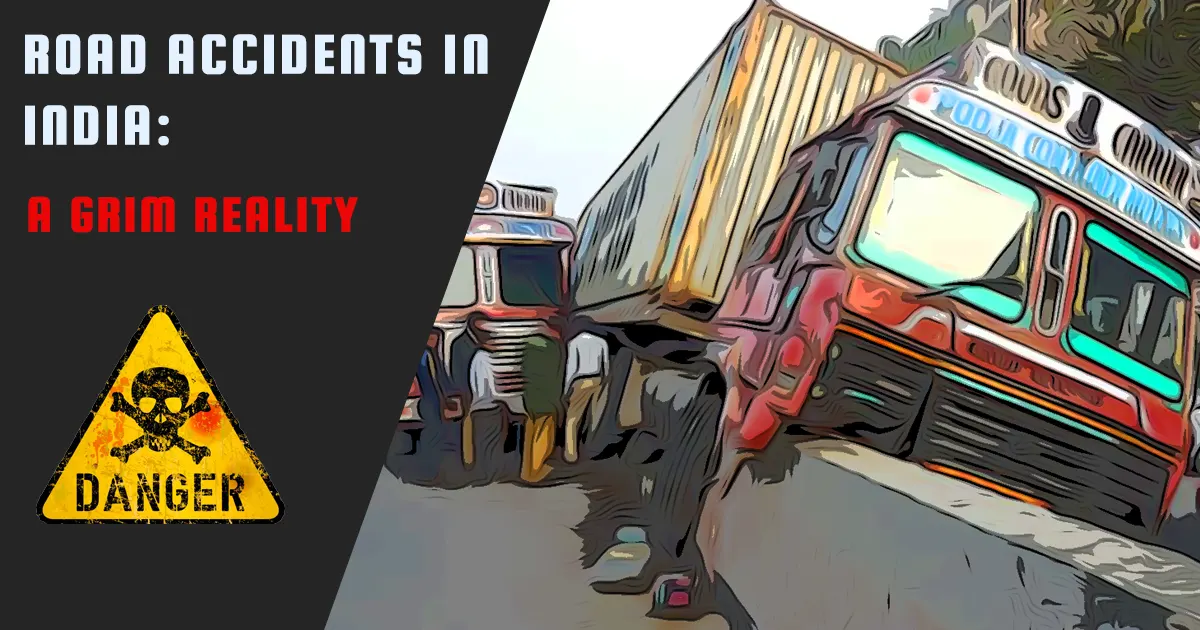
Context (IE):
In 2023, India reported over 1.72 lakh road fatalities, maintaining its position as the global leader in road accident deaths.
Key Statistics (2023)
- Total Road Accidents: 4.80 lakh, reflecting a 4.2% rise from 2022.
- Daily Average:
- 1,317 accidents and 474 fatalities per day.
- 55 crashes and 20 deaths every hour.
- State with Highest Fatalities: Uttar Pradesh, recording 23,650 deaths from 44,000 accidents.
- Primary Causes:
- Over-speeding led to 68.1% of total fatalities.
- Lack of Safety Gear resulted in 54,000 deaths due to non-use of helmets and 16,000 deaths from not wearing seat belts.
- Driving Violations accounted for over 34,000 crashes due to unlicensed driving, while overloading caused 12,000 deaths.
- Infrastructure Deficiencies like potholes, inadequate crossings, and outdated vehicles with poor braking systems further exacerbated the issue.
Challenges to Road Safety in India
- Behavioural Issues:
Over-speeding, reckless driving, and non-compliance with traffic rules are prevalent. - Road Engineering Problems:
Poorly designed roads, potholes, black spots, and inadequate infrastructure contribute significantly to accidents. - Weak Law Enforcement:
Ineffective implementation of traffic regulations, particularly at state and district levels, hinders road safety. - Substandard Vehicle Standards:
Many vehicles lack advanced safety features and require improvements in design and engineering. - Limited Awareness and Education:
Road safety education and awareness programs remain insufficient across the country.
Measures Taken by the Government
- Black Spot Rectification:
An investment of ₹40,000 crore has been allocated to rectify black spots on national highways. - Curriculum Inclusion:
Proposals have been made to introduce road safety education in school curricula. - Improved Vehicle Standards:
Automobile manufacturers have been directed to enhance safety features in vehicles. - Awareness Campaigns:
Nationwide initiatives have been launched to promote road safety and responsible driving practices.
Way Forward
- Enhancing Road Infrastructure:
Address issues like potholes and construct more underpasses, flyovers, and foot-over bridges on state and district highways. - Behavioral Change through Awareness:
Collaborate with NGOs and community groups to conduct extensive awareness campaigns on traffic rules and safe driving practices. - Adoption of Technology and Innovation:
- Implement AI-based traffic management systems to monitor and manage traffic flow efficiently.
- Mandate advanced safety features in vehicles, such as airbags, anti-lock braking systems (ABS), and Advanced Driver Assistance Systems (ADAS).
- State-Level Collaboration:
Encourage active participation from state governments to address localized road safety challenges and improve enforcement mechanisms at the grassroots level.




